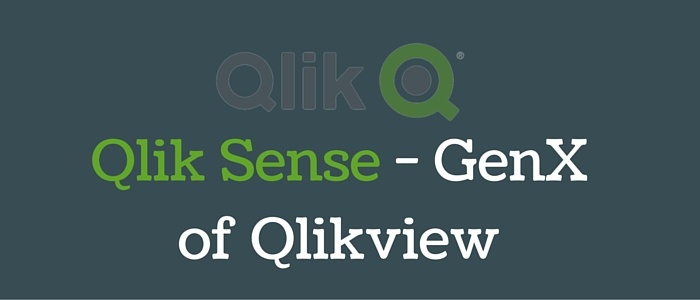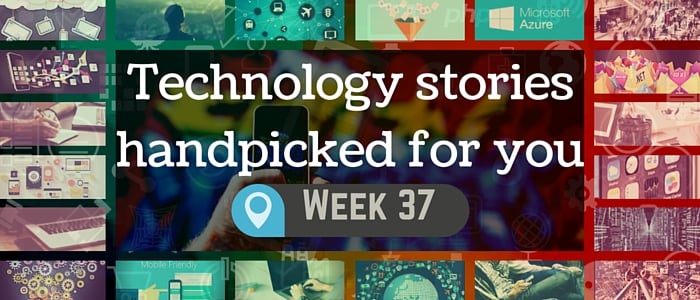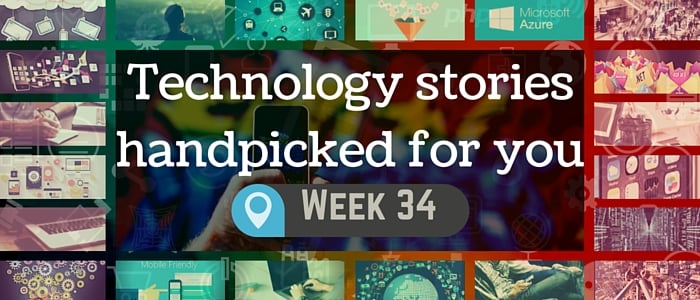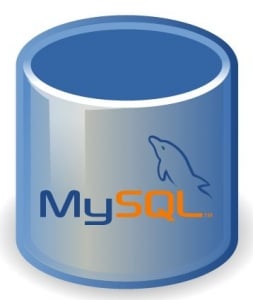It can be confusing to choose between the two leading data visualizing tools- Qlikview and Tableau
This might help you to make a choice:
Intuitive:
What kind of a person are you? Depending on whether you are a playful person and want to experiment with things will very much determine your choice. If you are intuitive and like to experiment and the types who would like to play around, go for Tableau, it offers more power and rawness.
All you need to do is, drag attributes and measures in X and Y axis, decide their colors, size, shape, label etc. With pure drag and drop .Although tableau also offers menu for some common charts (as good as Qlikview) which would help if you are new to it. Qlikview on the other hand gives you a single menu and all the available chart types in it.
So if you can operate that menu for one chart you are done with most of the charts, although this saves your energy of decision making. But in a way this is limited as well. Hence we can conclude that Tableau is intuitive.
Color Combination.
Tableau has an automatic palette of colors (mostly blue and green) in charts. How is this helpful?
No color stands out in a graph abruptly even if you choose the palette of diverse colors, since it automatically changes shades according to chart values.
Also it does not offer useless things like 3D charts, gauges, or faded bar charts like Qlikview which can make your decision go wrong.
In Qlikview you can manually decide your colors and so if you are bad with your color choices you are at a chance to lose more than you can actually accomplish.
The Bottom-line is that with Tableau it’s not possible to be completely wrong in terms of color and visualization choices.
Rework
Tableau clearly scores here because it assumes that nobody is sure about what is the best way to represent data without experimenting.
You can just change your representation with drag and drop once you have your skeleton ready.
In Qlikview there are always chances that you make a chart and realize that it’s not good and then you make a new chart (an altogether different type of chart), now that would be much like working right from the scratch. Isn’t it? So the Bottom-line here is that Tableau avoids rework and encourages experimentation.
Learning
Both tools have active communities and it’s difficult to compare which one is better. Tableau has an advantage, as Tableau community offers free video tutorials which can get you ready in a week.
Development
Tableau has introduced cutting edge features in recent releases such as connectivity to Google-analytics, Big data support, Salesforce, Blueprints etc. at a very rapid pace. So, it makes sense to invest.
Pricing
Server License/user (min 10 users) for Tableau comes around $1K, which on the other hand for Qlikview is> $1K. So it depends on the number of users which if greater than 10, then clearly Tableau is cheaper.


.jpg)



